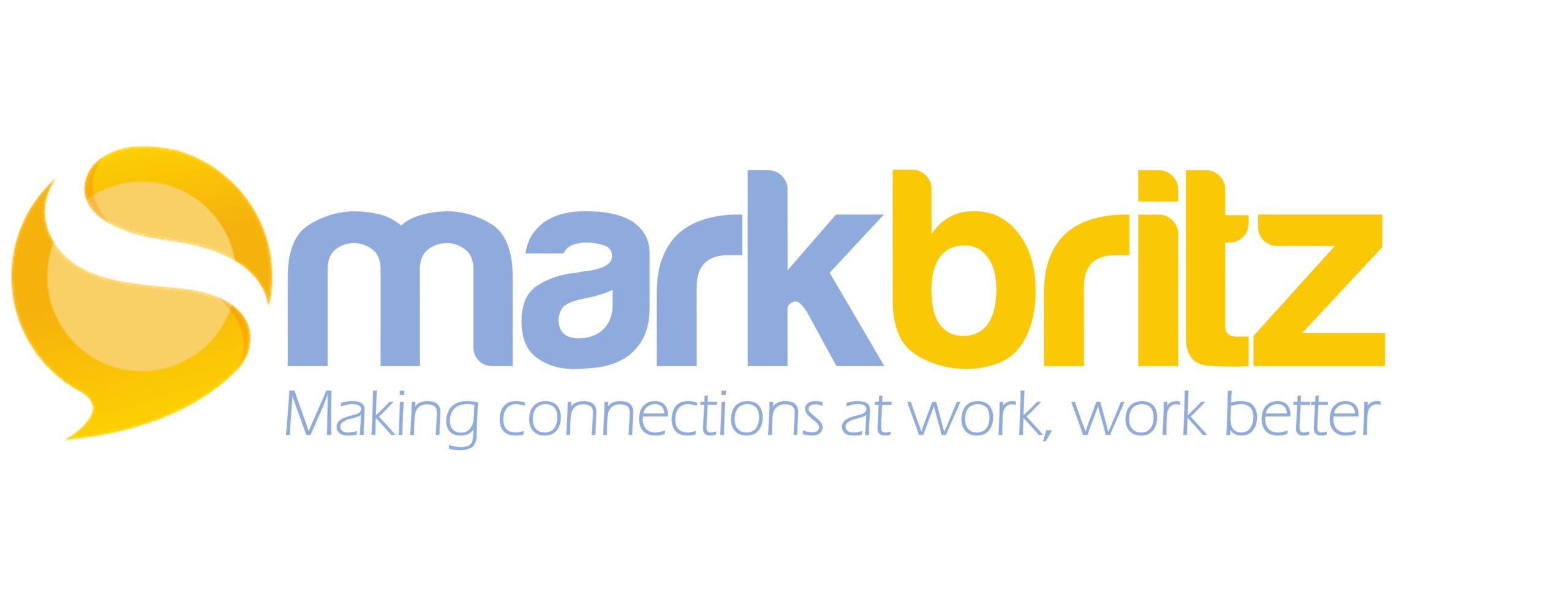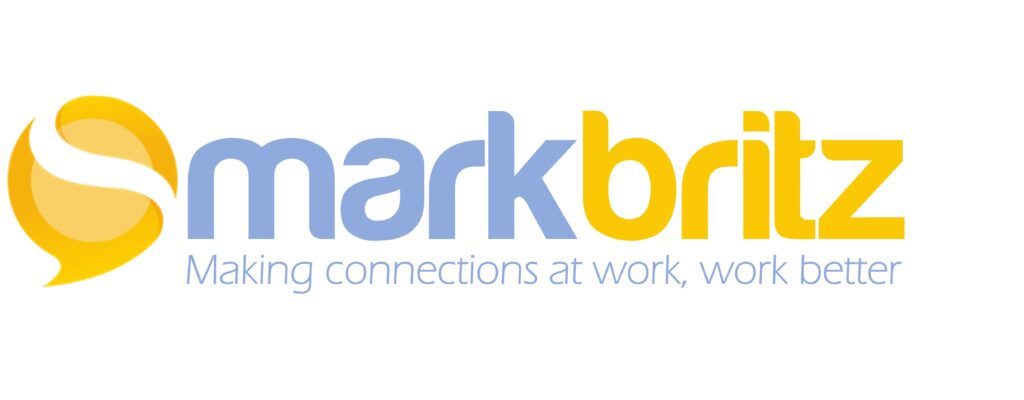I’ve struggled with the terms informal and formal learning for some time and frankly so has any non-learning professional I’ve spoken to. Likely you are familiar with informal learning, but if not this short video by Jay Cross is excellent and succinct. Honestly I use the terms but find they always need further discussion, clarification, and examples – its hard to move forward when leaders just don’t get it. Jay Cross says, “The important thing is that informal learning is too important to overlook.” But it is overlooked and continues to be and maybe its because of the term itself.
The problem really lies in tying either of these terms, formal and informal, to the word “learning”. Learning is an internal and individually unique process like digestion or gestation, both of which are processes where the result is a product; energy or offspring. Similarly the output of learning is the birthing of a new or better idea or practice to enact. Actually putting these into action is proof of that learning.
So with terms like formal and informal what we’re really talking about are the catalysts to spark learning and not the learning process itself. To be fair though, I don’t know how we can really separate the external catalyst from the internal process (formal/informal/social + learning) and have people understand. The word learning or another term must be included. Given it’s needed inclusion, we might want to focus more on the first term to conjure a different, less nebulous image; one that more can relate to. Therefore consider the idea of learning being induced, augmented, or occurring naturally.
So with terms like formal and informal what we’re really talking about are the catalysts to spark learning and not the learning process itself. To be fair though, I don’t know how we can really separate the external catalyst from the internal process (formal/informal/social + learning) and have people understand. The word learning or another term must be included. Given it’s needed inclusion, we might want to focus more on the first term to conjure a different, less nebulous image; one that more can relate to. Therefore consider the idea of learning being induced, augmented, or occurring naturally.
Induce learning equates to formal learning. Induced learning is where one artificially attempts to stimulate the learning process. It’s the act of applying external force on what likely could have been a slower more natural process. In other words it’s when people experience training and it works when appropriate.
Augment learning is where we are enhancing or influencing but not forcing the process like induction. It’s less conspicuous, less controlled than induced learning but not free of influence by others besides the learner themselves. Augmenting learning is adding performance support or making changes to the environment to increase learning opportunities. It’s when instruction is embedded in a new software tool or coaching models are employed. It doesn’t mean learning will happen, just that the influence is greater.
Natural learning is experiential and it can be social. Natural learning equates to informal learning. Natural learning happens at it’s own pace and is individually controlled. Driven by interactions, observations, and experiences, Natural learning in organizations is like empowering a mentoring culture but not mandating it as a program. It’s also in the supporting of an enterprise social platform to help people better connect and share their new “learnings”.
So how might these sound to a non-learning professional?
“… In this situation learning could be induced by developing a …”
” …given the problem you described we may want to augment learning opportunities by …”
” …given the problem you described we may want to augment learning opportunities by …”
“Supporting their natural learning will enable… “
Any better? Can it stand alone? Use with Informal and Formal Learning? I’m just shaking the tree here…
Any better? Can it stand alone? Use with Informal and Formal Learning? I’m just shaking the tree here…



